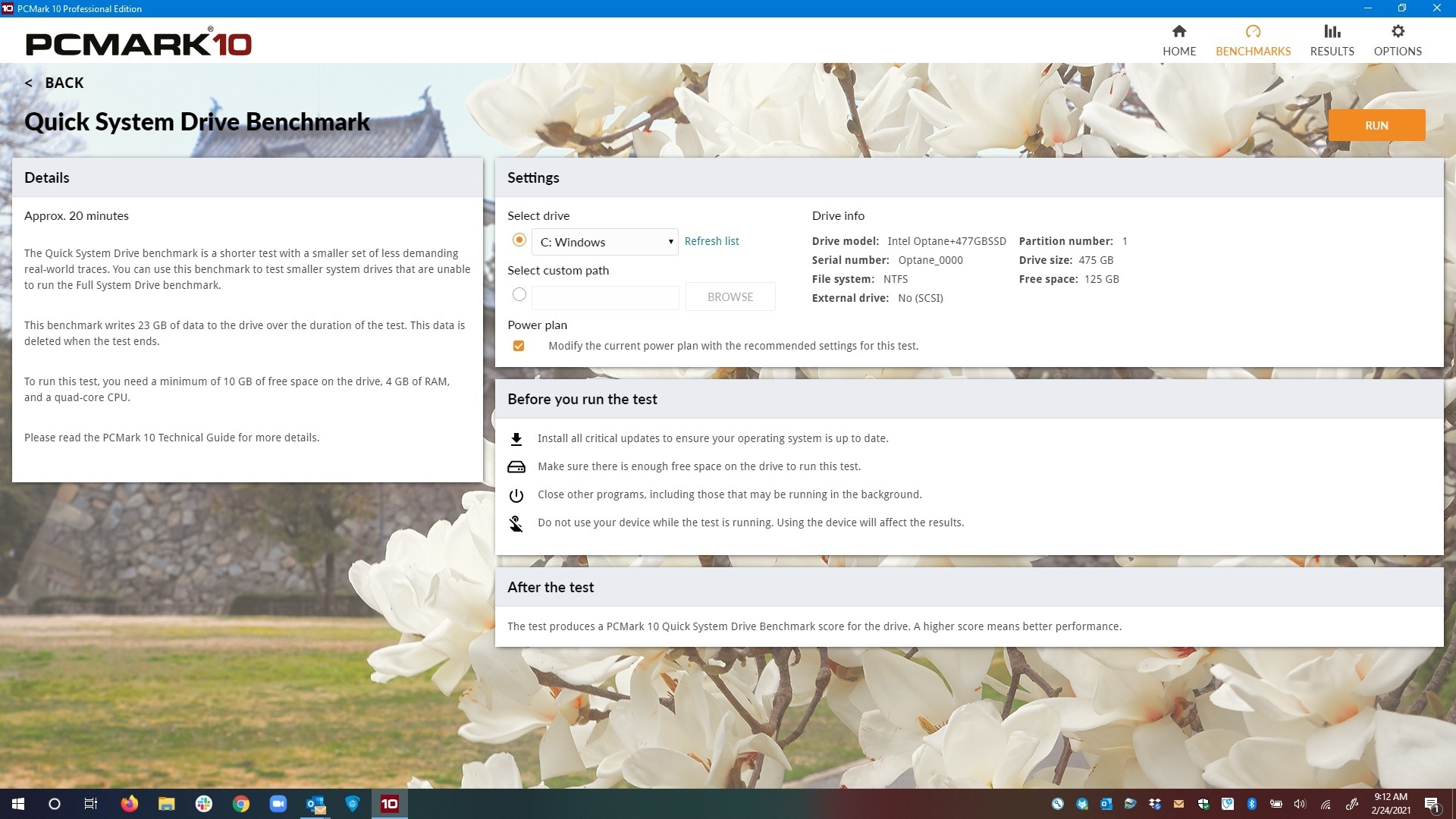According to Intel’s PCIe 4.0 test of PCMark 10, its 11th generation Rocket Lake chip would be ahead of the Ryzen 9 5950X chip. A first for the founder since he does not yet support this PCIe 4 interface on his office chips.
Intel wastes no time promoting its upcoming Rocket Lake-S 11 chipe Gen, which is expected to launch soon. According to the results of storage performance tests released Tuesday by the founder, the Rocket Lake-S chip would outperform AMD’s Ryzen 9 5950X chip by 11% (see below). The results were tweeted by Ryan Shrout, Intel’s Chief Performance Strategist.
Test conditions
Intel having published the details of its internal test, we can know under what conditions it was carried out. First of all, it appears that the Ryzen 9 5950X chip was mounted on an Asus X570 card with 32 GB of DDR4 / 3200. Next, the founder used an Intel 512GB 760P SSD for the boot operating system and a Samsung 980 Pro NVMe PCIe 4.0 SSD as the target medium to perform the test. For comparison, Intel placed its 11th Gen Core i9-11900K chip on an Asus Z590 card, keeping the same RAM and storage configurations. Testing was performed by Allyn Malventano, Intel Storage Technical Analyst, who installed Samsung 980 Pro NVMe M.2 SSDs into PCIe Riser cards to ensure they performed well on PCIe 4.0 lanes of the CPU.
Intel says its upcoming 11 Core i9 chipe Gen outperforms AMD’s Ryzen 9 5950X chip in PCMark 10’s PCIe 4.0 storage test. (Intel)
PCMark 10 is mainly used for its application benchmarks, but the benchmark is also recognized for storage tests. Unlike typical synthetic benchmarks which can hammer the medium to find its theoretical throughput – all in scenarios that are sometimes very far from current uses – the PCMark 10 test is built around trace tests. Roughly speaking, a trace test records a pattern of SSD usage in applications like Microsoft Excel, PowerPoint, Adobe Illustrator and Photoshop, or when launching games like Battlefield V or Call of Duty Black Ops and other applications. The model is then reproduced on the SSD and the performance is recorded.
The PCMark 10 Quick Storage Drive test uses application traces and real life scenarios to assess media performance. (Credit: UL)
For its test, Intel ran the Quick System Drive benchmark to record write traces of 339 JPEG files totaling 2.37 GB to the media, read those same files, plus copy those same files to the SSD in a reading and writing scenario. The Quick System Drive benchmark also assessed media performance when performing tasks in Microsoft Excel, Adobe Illustrator, and a light scenario in Adobe Photoshop. The test takes about 20 minutes to complete its three runs. In total, approximately 23 GB of data is written during this time. The PCMark 10 Quick System Drive benchmark result performed on a Core i7-8665U laptop can be seen below.
The resulting bandwidth is low enough for a benchmark, but PCMark 10’s testing focuses on actual usage models. In this, it is very different from a test to overwhelm the storage medium with data to find its saturation point. In a pictorial way, we can say that this test amounts to evaluating the performance of a car on a daily commute rather than that of a dragster on a track of 400 meters. It’s fun to measure how well a dragster performs, but 99% of the time you never get to go that fast.
PCMark 10 test results on a production Optane H10 SSD in an HP Dragonfly laptop running an Intel Core i7-8665U chip. (Credit: IDG)
Why is this test important?
Because the PCMark 10 Quick System Drive test is made to measure the performance of an SSD, and not that of a processor, the margin posted by Intel is probably intended to show that the company is also involved in areas where it is not a question of looking only for CPU performance. As the Ryzen 9 5950X and Core i9-11900K chips use the exact same 1TB Samsung 980 Pro NVMe SSD with a PCIe 4.0 interface, an 11% advantage could indicate driver optimizations, card BIOS and better implementations. PCIe 4.0.
It could also prove that Intel was right for having waited before switching to PCIe 4.0. The first implementations of a new technology are rarely the best optimized. Thus, the release of the Rocket Lake PCIe 4.0 chip almost two years after AMD could prove to be an advantage for Intel. Of course, this isn’t the first time the cross-country skier has claimed a performance advantage over his nemesis. During a virtual session at CES 2021, Intel presented results indicating that its Rocket Lake chip of 11e Gen was faster than AMD’s Ryzen 9 5900X chip in gaming.
What credit can we give to these results?
Whenever a supplier makes performance claims, it pays to be cautious. No company will show tests that are not favorable to them! However, it would be a mistake to think that these benchmarks are too favorable to be true. Because they are unlikely to be wrong. And even if they are “selected”, it is better to wait for the independent evaluations that will be carried out when the product is released. Only then can we form a more objective opinion and make an informed decision.
–




